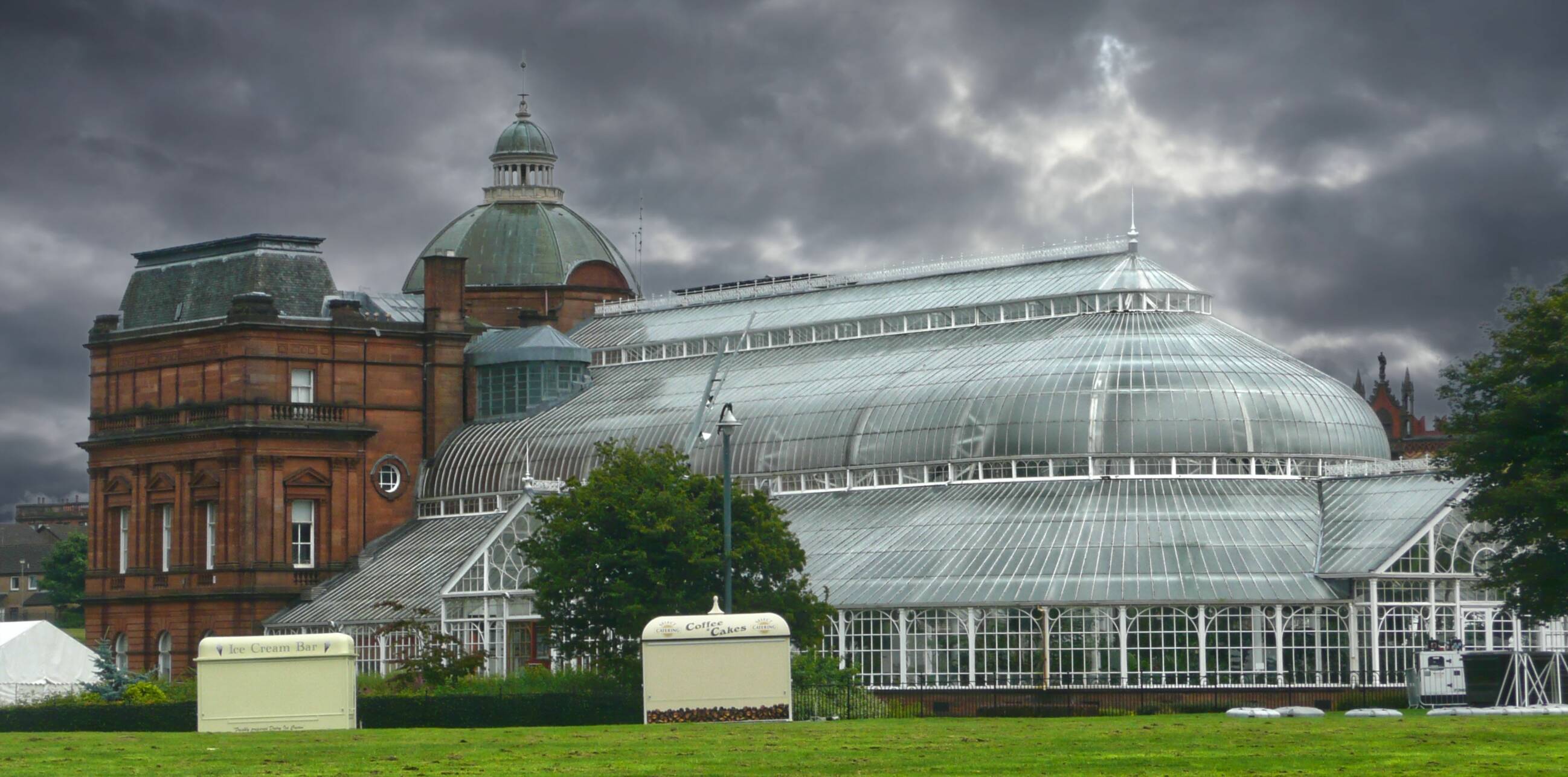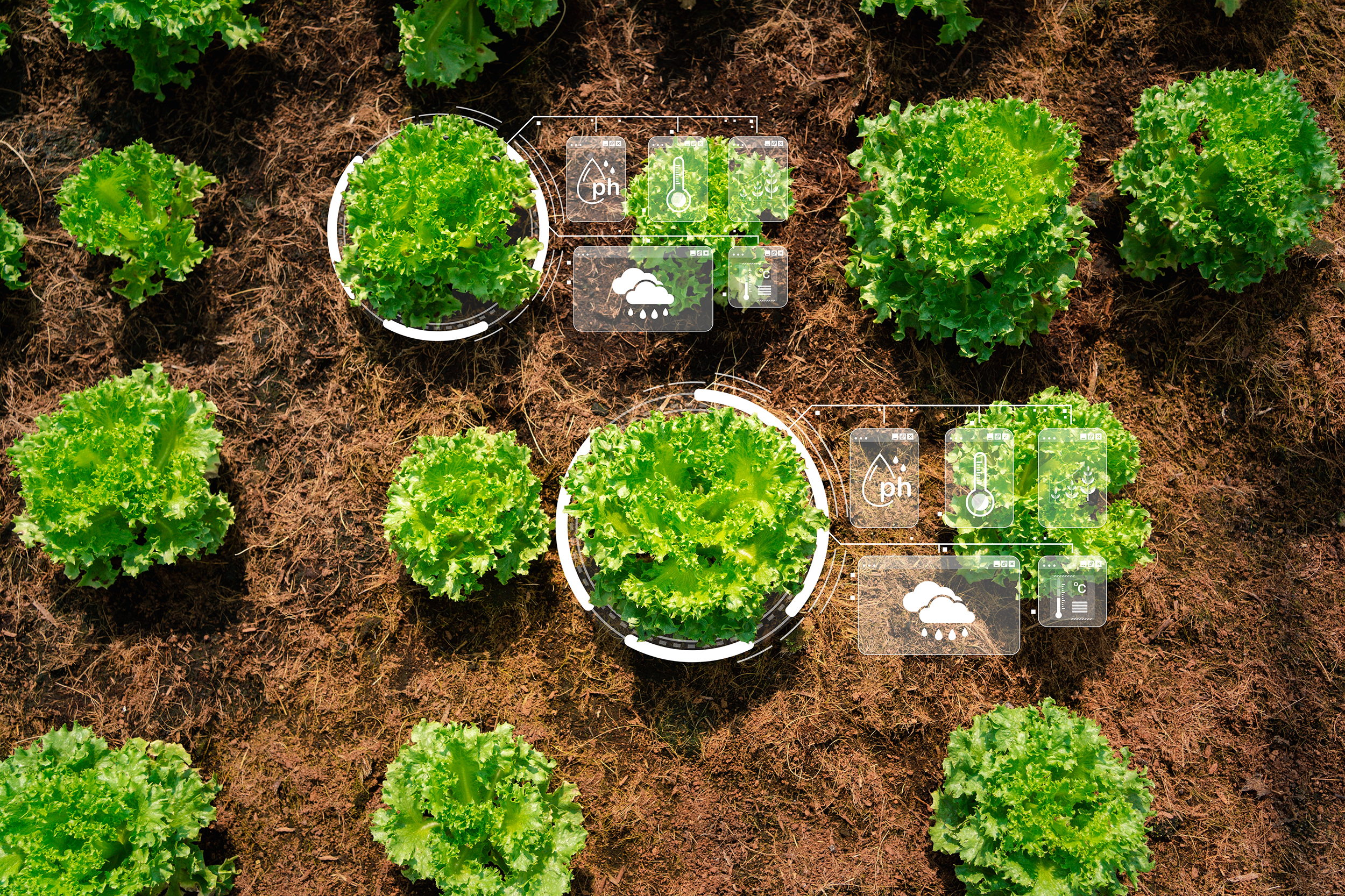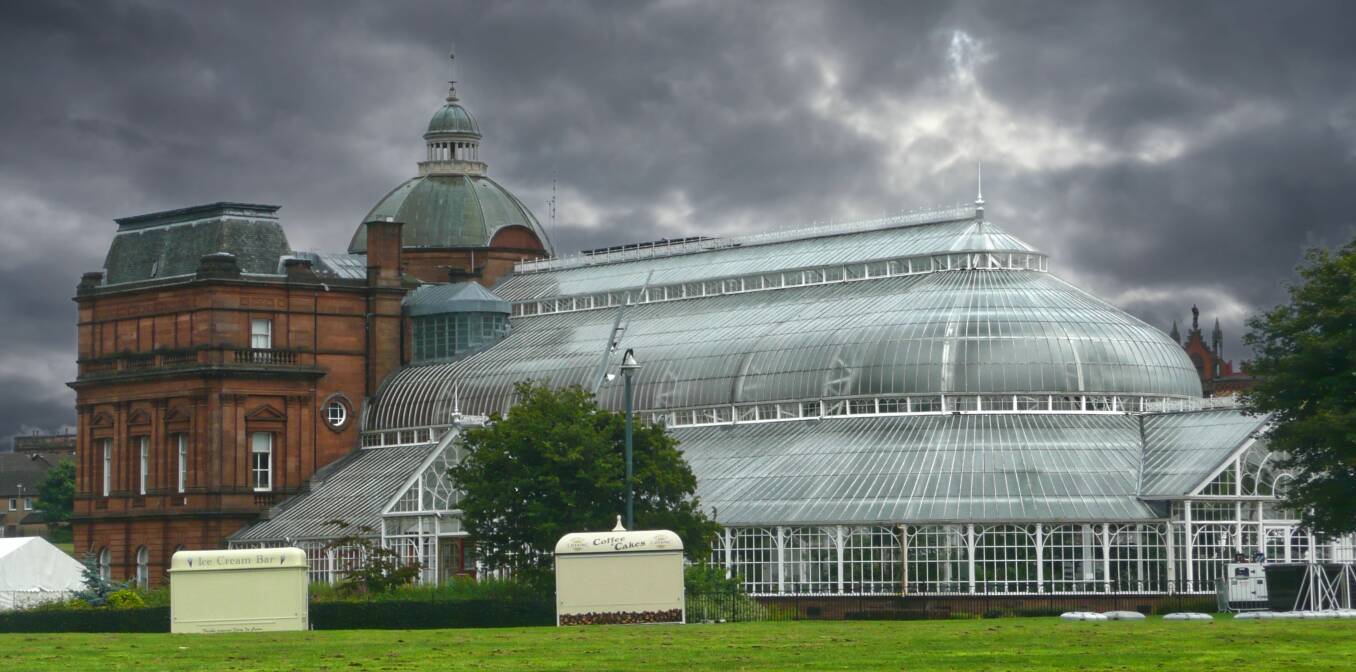

Go to previous article

Go to next article
SCROLL DOWN
From sensors and drones to computers and robots, countless ways have emerged to improve efficiency and quality within the industry.
are Part of the Horticulture DNA
Technological Developments
How has history shaped the horticulture industry as we know it? Step into the imaginary time machine and let us take you along the most important developments within the horticulture sector.
Technology and horticulture may seem like two separate worlds, but they are very much intertwined, with horticulture acting as a catalyst for technological developments that we often take for granted today.
A Growing Timeline
Technological developments within the horticulture industry have followed in rapid succession over the past few decades. From sensors and drones to computers and robots, countless ways have emerged to improve efficiency and quality within the industry. These technologies have allowed us to monitor, measure, and optimize climate factors, promoting automation of the work and reducing costs. Also, the overall quality of plant products has received a big boost, changing our expectations of what’s possible. The industry has always been and will continue to be on the move, now tackling topics such as sustainability and labor shortages. Above all, these technological developments show the adaptability of the horticulture sector, in support of changing times and changing values. It’s a breeding ground for visionary minds looking to the future and problem-solving in the present.
Data-Driven Decisions
One of the most recent developments within the horticulture industry is the use of data technology. Data technology allows growers to optimize their processes and better answer to changing demands. For example, drones have been used to monitor flowers and plants for some time. They use cameras to assess plant growth and health, detecting even the slightest irregularities through UV imaging. A PwC report shows that using drones can reduce inspection costs by 50%-80%. By using sensors that collect data on factors such as temperature, humidity and soil moisture, growers can obtain accurate and real-time information on the growing conditions of their crops. Algorithms analyze this data and give the grower crucial input on suggested watering times or fertilizing windows. Collecting and analyzing this data can improve plant quality and yield while reducing water and energy waste. Data technology also allows growers to better understand market demands. By analyzing past sales data, trends and external factors, accurate forecasts can be made.
Irrigating Ancient Egypt
As early as Ancient Egypt, around 3100 BC, water reservoirs and irrigation canals were developed to direct water from the river Nile to crop fields. Only 4% of the land was suitable for agriculture before, but soon many more people were able to grow their own crops, contributing to the development of empires, trade and prosperity. The ability to control and direct water was the basis for the evolution of numerous irrigation systems, such as drip irrigation, sprinkler irrigation and sub-irrigation. The effective use of water is still important today, and increasingly so, with prolonged periods of drought affecting new regions around the world, and water costs constantly on the rise.
Not only does the use of robotics support growers, but it also reduces the gap in the tight labor market. It’s a hefty investment, but one that can offer a lot of benefits in the immediate and long run.

New Properties for Endless Varieties
Genetic engineering has been the subject of research for decades, with scientists seeking to enhance desirable traits of plants, such as disease resistance, growth habits and flower color. Many new varieties of flowers and plants have been developed to grow and bloom for longer periods of time, while breeding through genetic engineering has led to the creation of new varieties of ornamental plants. The value of this technology goes far beyond the benefits it provides to the grower. In the last 5 years genetic engineering experts have set their sights on developing plants that pull more carbon into their roots to purify the air. All these innovations contribute to an increasing supply of healthy, beautiful and even helpful flowers and plants that are available to people from all over the world.
Robots to the Rescue
Major progress was made in the 1970s with the introduction of computers to optimize climate control in greenhouses. The computers could accurately monitor temperature, humidity, light and other parameters, and adjust them when necessary. This revolutionary advancement took over much of the grower's work and paved the way for new technological developments. These came, for example, in the form of robots, which could take on tasks such as pruning plants and collecting harvests. Not only does the use of robotics support growers, but it also reduces the gap in the tight labor market. It’s a hefty investment, but one that can offer a lot of benefits in the immediate and long run.
The ability to control and direct water was the basis for the evolution of numerous irrigation systems, such as drip irrigation, sprinkler irrigation and subirrigation.
For the Love of Cucumbers
Greenhouses have been used to grow vegetables since the beginning of the Christian era. The Roman emperor Tiberius Caesar Augustus was one of the first to use this method of cultivation. Driven by his love of cucumbers, which he would eat year-round, he built a greenhouse on wheels made of clear selenite slabs set in wooden panels. Developments continued but these were few and far apart. In the 17th Century, greenhouses became a status symbol of the Victorian Age. Monarchs, nobles and wealthy merchants of the expanding British Empire wanted to grow exotic plants collected from remote lands, in defiance of the grim British weather. These “Victorian Greenhouses” were heated manually by burning coal inside the structure. It wasn’t until the 20th Century when heating systems, automatic ventilation and watering systems were introduced to greenhouses, automating much of the grower’s work.


An Growing Timeline
Tomorrow's nursery starts here! Stay ahead of the curve and receive the latest news on horticultural innovations in your mailbox.
Newsletter

subscribe
A Growing Timeline
Technological developments within the horticulture industry have followed in rapid succession over the past few decades. From sensors and drones to computers and robots, countless ways have emerged to improve efficiency and quality within the industry. These technologies have allowed us to monitor, measure, and optimize climate factors, promoting automation of the work and reducing costs. Also, the overall quality of plant products has received a big boost, changing our expectations of what’s possible. The industry has always been and will continue to be on the move, now tackling topics such as sustainability and labor shortages. Above all, these technological developments show the adaptability of the horticulture sector, in support of changing times and changing values. It’s a breeding ground for visionary minds looking to the future and problem-solving in the present.
From sensors and drones to computers and robots, countless ways have emerged to improve efficiency and quality within the industry.

previous

next

subscribe to our newsletter

Data-Driven Decisions
One of the most recent developments within the horticulture industry is the use of data technology. Data technology allows growers to optimize their processes and better answer to changing demands. For example, drones have been used to monitor flowers and plants for some time. They use cameras to assess plant growth and health, detecting even the slightest irregularities through UV imaging. A PwC report shows that using drones can reduce inspection costs by 50%-80%. By using sensors that collect data on factors such as temperature, humidity and soil moisture, growers can obtain accurate and real-time information on the growing conditions of their crops. Algorithms analyze this data and give the grower crucial input on suggested watering times or fertilizing windows. Collecting and analyzing this data can improve plant quality and yield while reducing water and energy waste. Data technology also allows growers to better understand market demands. By analyzing past sales data, trends and external factors, accurate forecasts can be made.

Robots to the Rescue
Major progress was made in the 1970s with the introduction of computers to optimize climate control in greenhouses. The computers could accurately monitor temperature, humidity, light and other parameters, and adjust them when necessary. This revolutionary advancement took over much of the grower's work and paved the way for new technological developments. These came, for example, in the form of robots, which could take on tasks such as pruning plants and collecting harvests. Not only does the use of robotics support growers, but it also reduces the gap in the tight labor market. It’s a hefty investment, but one that can offer a lot of benefits in the immediate and long run.
Not only does the use of robotics support growers, but it also reduces the gap in the tight labor market. It’s a hefty investment, but one that can offer a lot of benefits in the immediate and long run.

New Properties for Endless Varieties
Genetic engineering has been the subject of research for decades, with scientists seeking to enhance desirable traits of plants, such as disease resistance, growth habits and flower color. Many new varieties of flowers and plants have been developed to grow and bloom for longer periods of time, while breeding through genetic engineering has led to the creation of new varieties of ornamental plants. The value of this technology goes far beyond the benefits it provides to the grower. In the last 5 years genetic engineering experts have set their sights on developing plants that pull more carbon into their roots to purify the air. All these innovations contribute to an increasing supply of healthy, beautiful and even helpful flowers and plants that are available to people from all over the world.
For the Love of Cucumbers
Greenhouses have been used to grow vegetables since the beginning of the Christian era. The Roman emperor Tiberius Caesar Augustus was one of the first to use this method of cultivation. Driven by his love of cucumbers, which he would eat year-round, he built a greenhouse on wheels made of clear selenite slabs set in wooden panels. Developments continued but these were few and far apart. In the 17th Century, greenhouses became a status symbol of the Victorian Age. Monarchs, nobles and wealthy merchants of the expanding British Empire wanted to grow exotic plants collected from remote lands, in defiance of the grim British weather. These “Victorian Greenhouses” were heated manually by burning coal inside the structure. It wasn’t until the 20th Century when heating systems, automatic ventilation and watering systems were introduced to greenhouses, automating much of the grower’s work.

The ability to control and direct water was the basis for the evolution of numerous irrigation systems, such as drip irrigation, sprinkler irrigation and subirrigation.
Irrigating Ancient Egypt
As early as Ancient Egypt, around 3100 BC, water reservoirs and irrigation canals were developed to direct water from the river Nile to crop fields. Only 4% of the land was suitable for agriculture before, but soon many more people were able to grow their own crops, contributing to the development of empires, trade and prosperity. The ability to control and direct water was the basis for the evolution of numerous irrigation systems, such as drip irrigation, sprinkler irrigation and sub-irrigation. The effective use of water is still important today, and increasingly so, with prolonged periods of drought affecting new regions around the world, and water costs constantly on the rise.
How has history shaped the horticulture industry as we know it? Step into the imaginary time machine and let us take you along the most important developments within the horticulture sector.
Technology and horticulture may seem like two separate worlds, but they are very much intertwined, with horticulture acting as a catalyst for technological developments that we often take for granted today.
are Part of the Horticulture DNA
Technological Developments